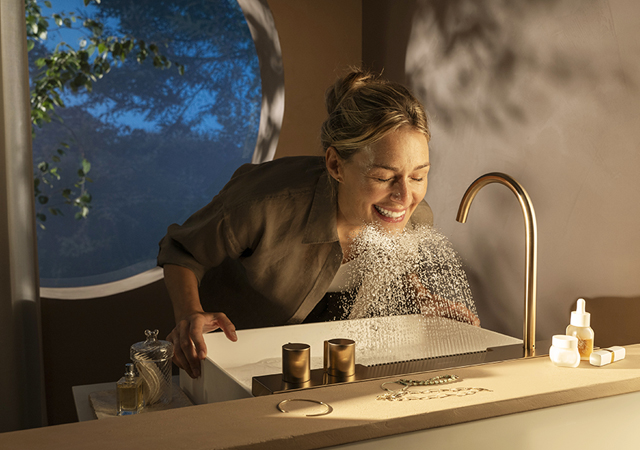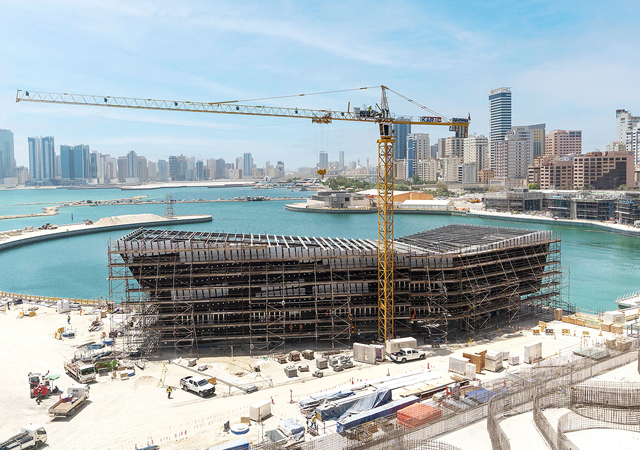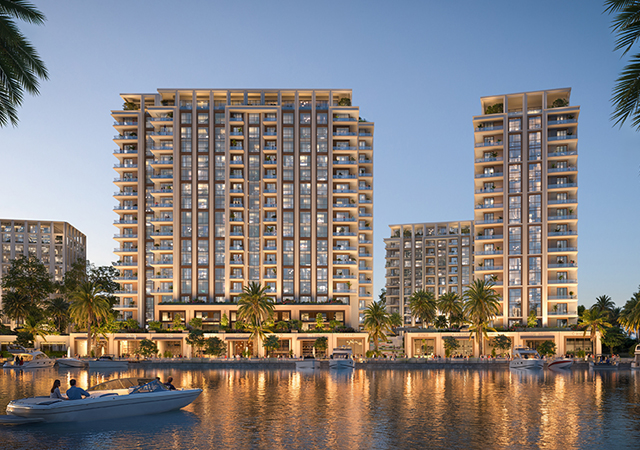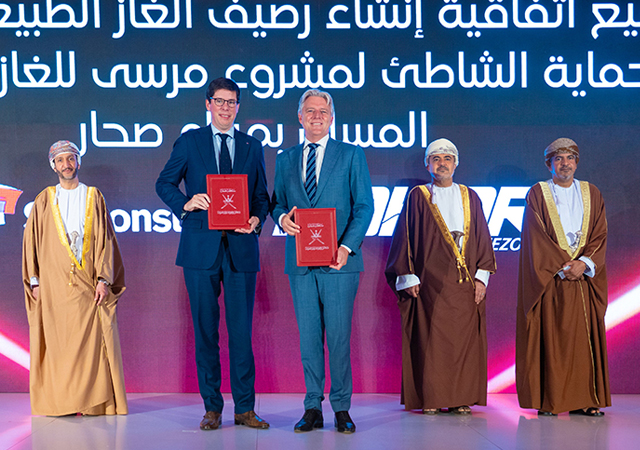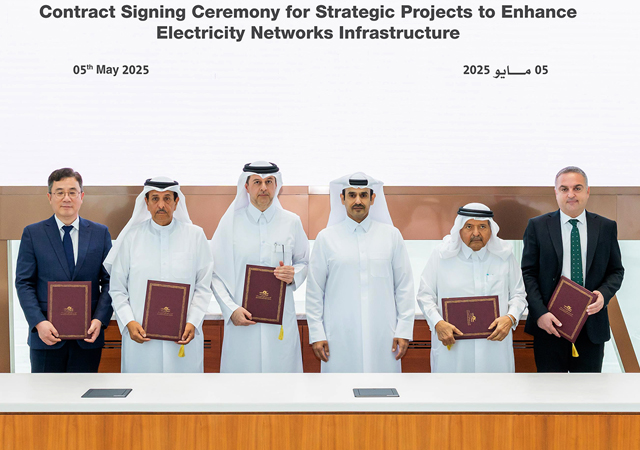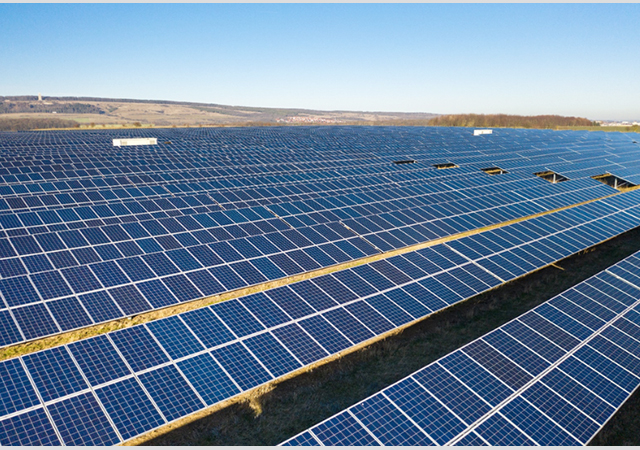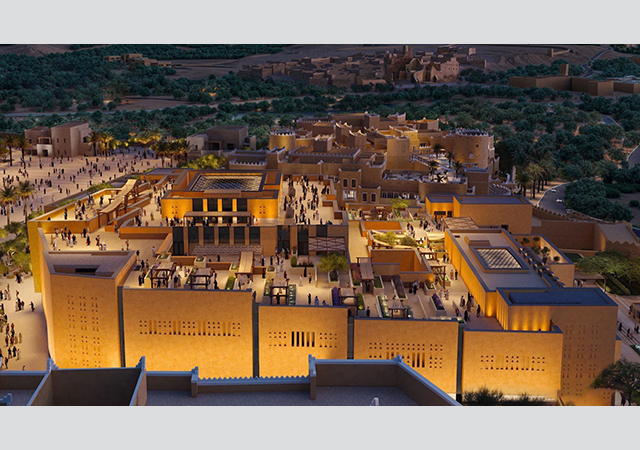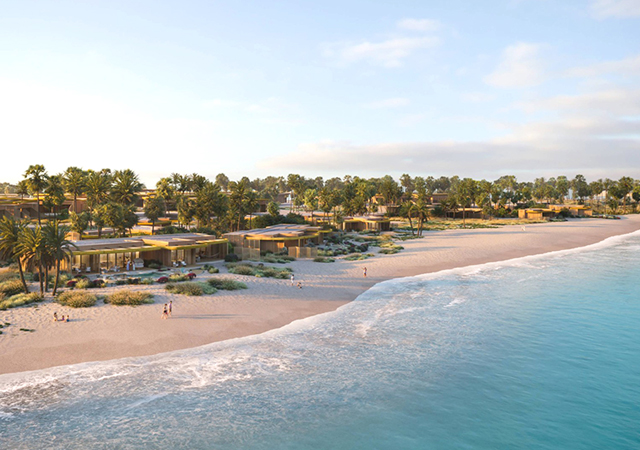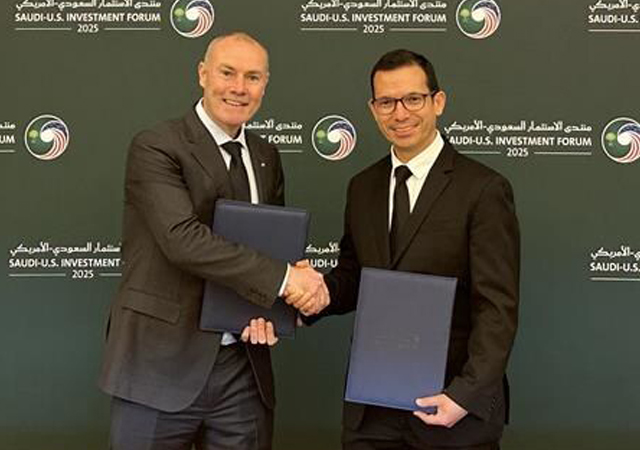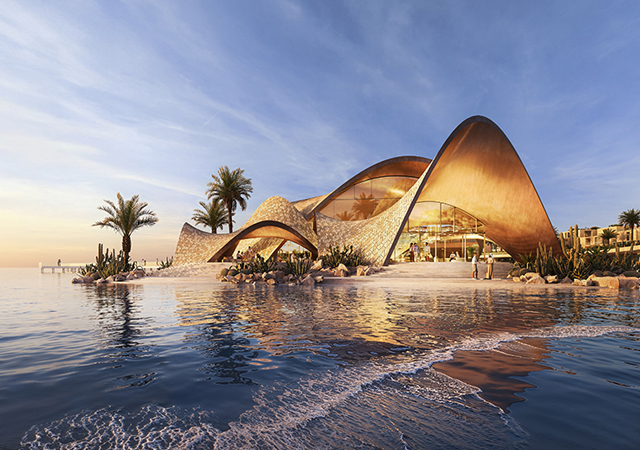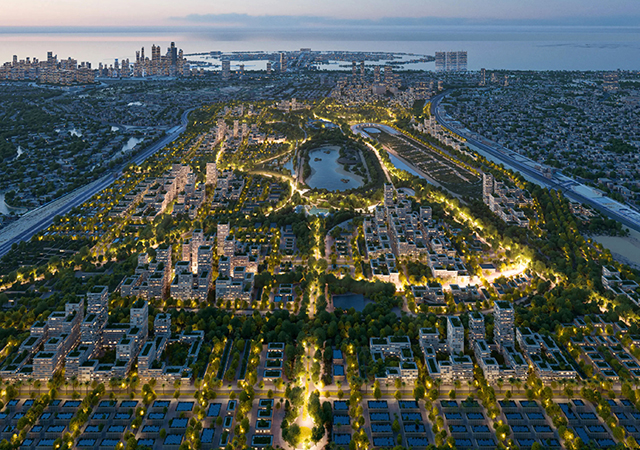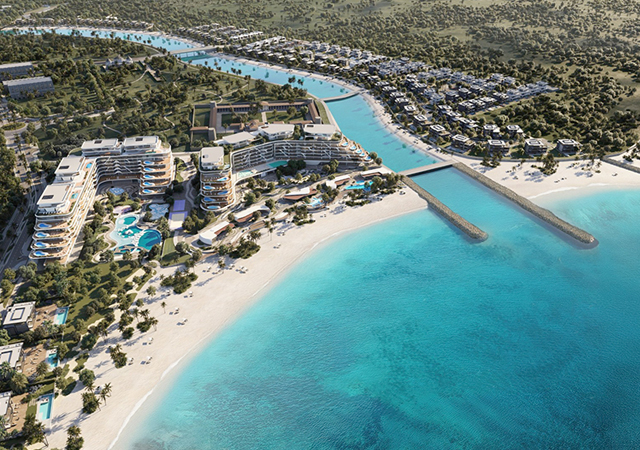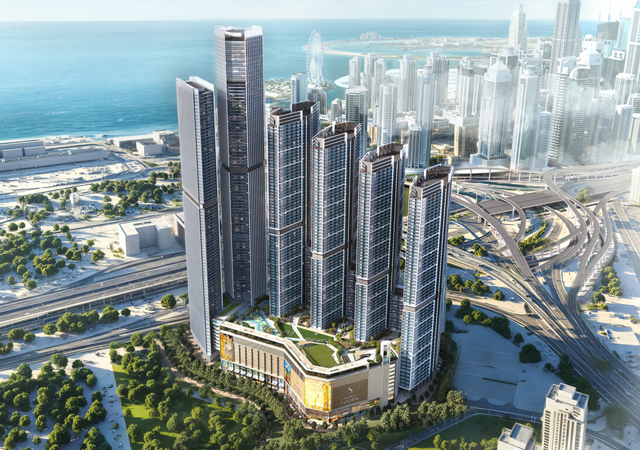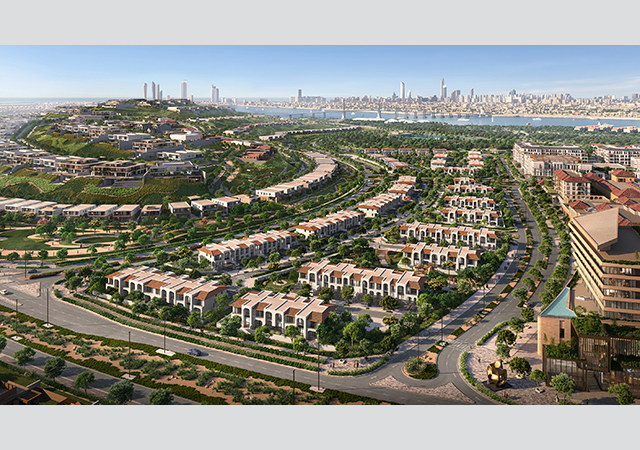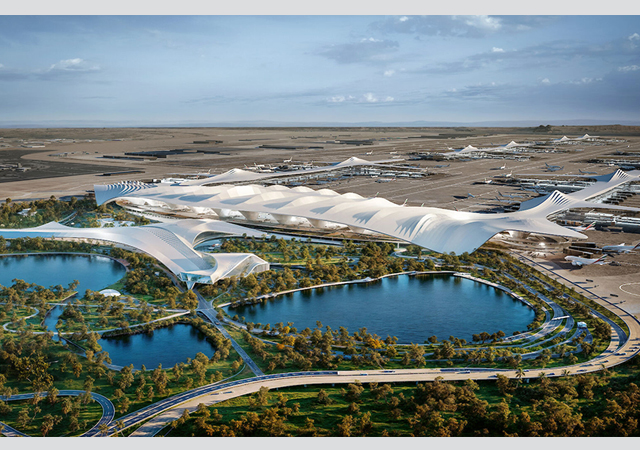
 The Aquajet system at work.
The Aquajet system at work.
HYDRODEMOLITION or high-pressure water jetting of concrete structures is being increasingly used for removing deteriorated concrete and concrete rehabilitation by this method is now becoming an important aspect of civil engineering and building renovation.
Applications can involve cleaning, roughening, removal of deteriorated concrete and even cutting.
Water jetting is actively used for the removal of chloride-damaged concrete layers down to the reinforcement bars or to a depth where the chloride content is at or below the permissible level. Other examples of its use and benefits include the removal of any loosened or easily peeled layers; pull-off strength of an overlay cast to the prepared concrete surface above 1.5 MPa; and minimised removal of good concrete.
The technique causes no damage or vibration to existing rebars and prevents damage or loosening of adjacent concrete and parts. Suitable for a wide range of applications, it ensures high performance rates with a good finished surface.
Basic principles
The key element of hydrodemolition is to pressurise and widen existing pores and micro-cracks in the weakened concrete structure using high-pressure water penetration. The material is easily removed as the build-up pressure exceeds the tensile strength of the damaged or weakened concrete.
In addition to the water pressure, the volume of water is also a contributing factor to the system’s efficiency. The rate of removal, for example, is dependent on the amount of water directed towards the concrete surface in order to rapidly and continuously pressurise the areas being treated.
This combination of water pressure and flow, together with the controlled kinetic and geometric movements of the robotic equipment, creates the necessary ‘effect’ criteria for the hydrodemolition process, leaving sound concrete undamaged.
Research into water jet erosion has shown that the concrete resistance against water jet removal is dependent on concrete strength, the method of finishing the concrete, aggregate size, and the content of steel reinforcement bars.
The lower the concrete strength, the larger the material removal rate that can be achieved due to larger penetration and pressurisation of the material. Additionally, the higher the cement matrix strength, the higher the concrete resistance. This is due to the increased difference in the compressive strength of the construction and the penetrative effect of the high-pressure water jets, water volume and jet movement.
Techniques and tools
The pump pressure for concrete hydrodemolition applications should range between 70 MPa (10,000 psi) and 135 MPa (20,000 psi). Water flow rates range from 150 litres/min (40 gallons per minute – gpm) to approximately 400 litres/min (105 gpm) for heavy concrete removal machines.
The rate of removal of deteriorated concrete generally ranges from 0.4 to 1 cu m per hour but rates above 1.5 cu m per hour are possible in some low-strength concrete.
It is possible, therefore, to evaluate the hydrodemolition capacity in different concrete structures by measuring the concrete strength compared with the fluid-dynamic impact energy directed towards the material to be removed.
The pressure generating units are generally slow-running plunger pumps, designed as triplex units. They are fitted with hard metal plungers and dynamic sealing systems. The entire pump system is housed in a mobile acoustically-treated enclosure.
The dynamic combination of the pump pressure and the delivered water flow from the high-pressure plunger pumps, through the specially-designed orifice nozzle, will generate a reaction force by the working tool. Reaction forces up to 3,000 N can be achieved at certain pressures and flow.
Mechanically-guided robotic tools are used to precisely guide the water jet. These tools can also be used on rotating nozzle carriers but rigid nozzle heads are generally used on commercial machines for selective removal. They will, however, all work with much higher water flow rates.
The units can, therefore, be applied for heavy concrete removal on large structures such as bridges, jetties, locks or multi-storey garages. They are chiefly used for removing layers of deteriorated low-strength concrete, several centimetres thick, in order to expose the corroded reinforcement bars.
For these applications, complete hydrodemolition units are available. They comprise a high-pressure pump, driving engine and control system housed in an acoustically-treated enclosure and a hydrodemolition robot with a series of standard tools. These tools are often guided by a linear transverse, which allows the jet to stay longer on the concrete surface and penetrate deeper into the material.
The Aquajet system from Sweden-based Aquajet Systems incorporates a welded steel chassis with an integral hydraulic power system, oil tank and filter system and a rubber-tracked frame. The power head can be hydraulically side-shifted, tilted and turned. A heavy-duty replaceable rubber-lined splashguard is fitted on the power head.
Computerised control plays a key role in the performance, quality and design of new-generation hydrodemolition equipment, allowing the machines to carry out repetitive tasks automatically. The removal unit is also computer controlled with several programmes that can be individually selected for removal depth and quality.
All movement parameters are fully adjustable from the control panel. The unit also includes a remote control box complete with an extension cable for manually guidance. The selection of the robotic working tools is dependent on the task to be solved. Several removal tools are available for horizontal, vertical and overhead work, and work on curved surfaces.
Surface quality
It is proven that hydrodemolition produces an excellent clean surface quality. The pull-off strength, which is an important indicator of the surface structure conditions, exceeds the required 1.5 MPa (N/sq mm) value with a 95 per cent reliability.
If the surface is prepared with water jets, the interfaced zone between the remaining concrete and the new-cast overlay very seldom constitutes a plane of weakness. This compares favourably with a surface prepared with hand-held tools, which results in a higher probability of interface failures at pull-off testing.
With water jet hydrodemolition, the jet – once programmed – moves rapidly and continuously over the selected area for removal. There is no percussive effect on the surface with the water jet penetrating the deteriorated concrete.
Extensive investigations have proved that there is no modification of the concrete microstructure during the water jet treatment. Similarly, the concrete pore structure is not affected by the water jet.
The surface geometry achieved after hydrodemolition depends on the type and size of the aggregate. With limestone, for example, the surface is comparatively smooth and characterised by a high degree of fractured aggregate gains.
In contrast, quartzite containing concrete exhibits an uneven surface and a high amount of undamaged aggregates. Compared with other removal methods, hydrodemolition generates a very large contact surface between the concrete and applied coating system.




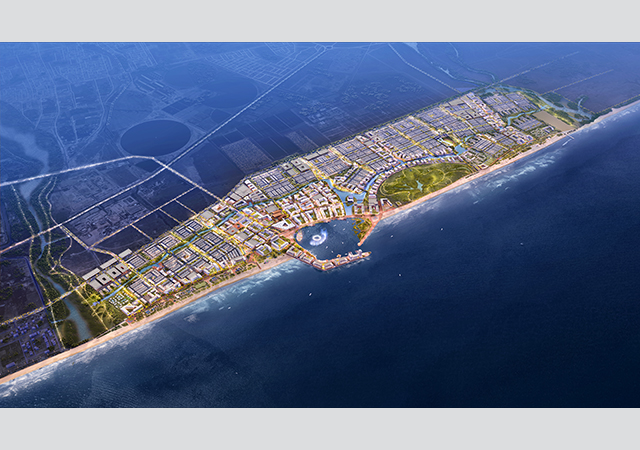



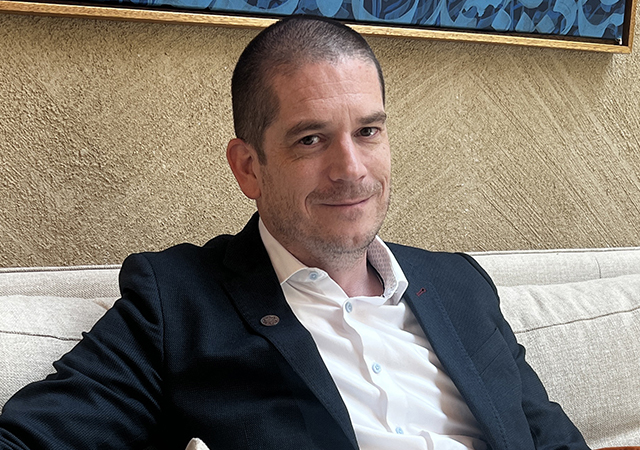

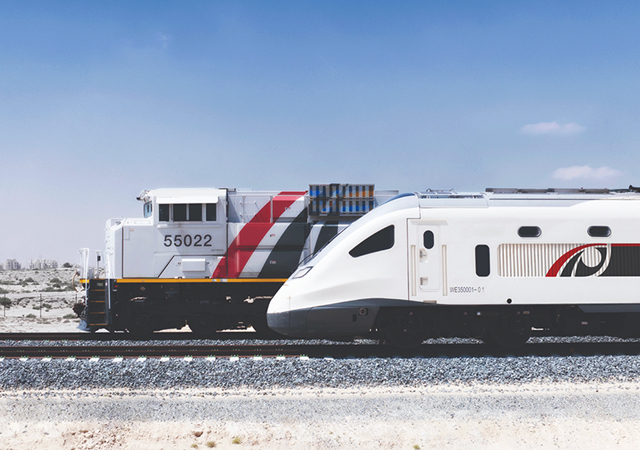
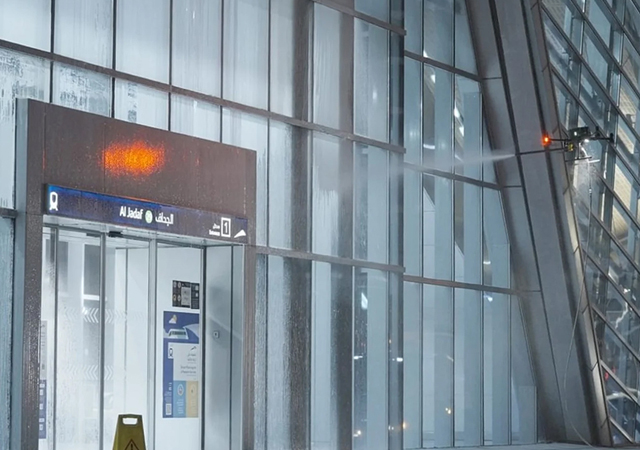
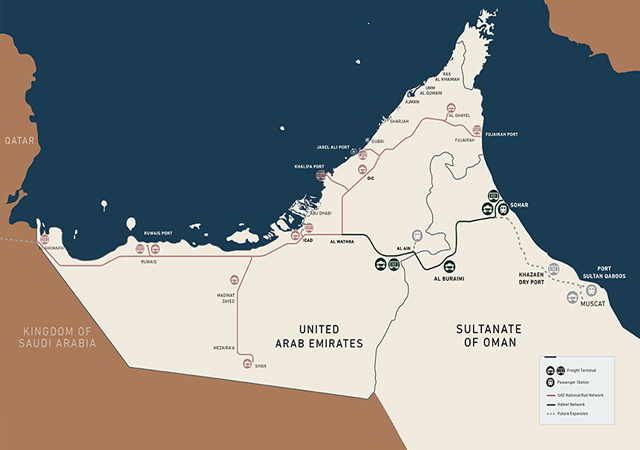
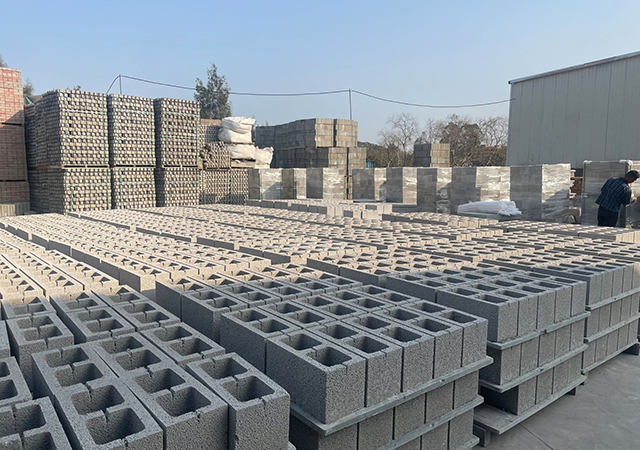


.jpg)
.jpg)
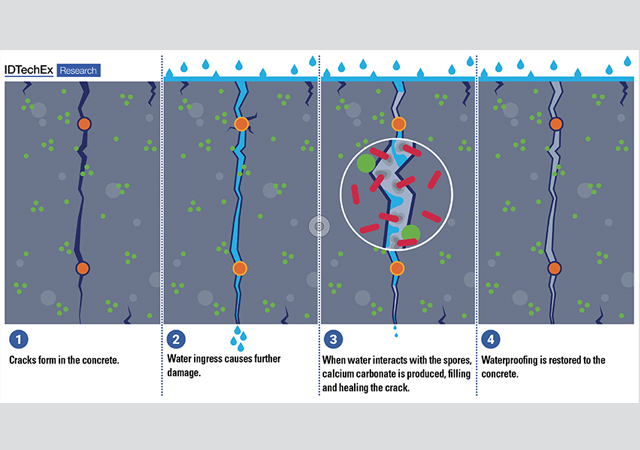
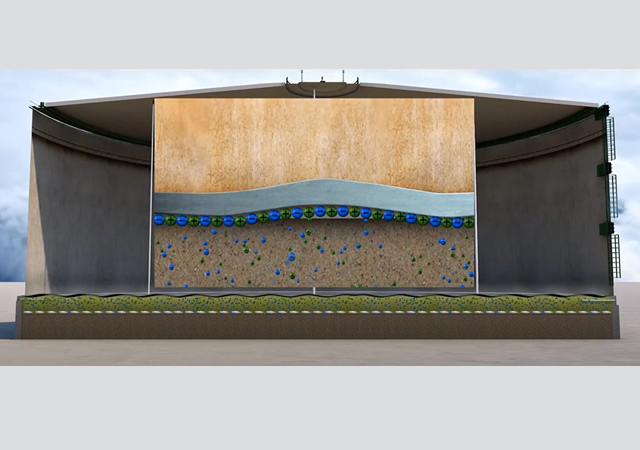
.jpg)
.jpg)
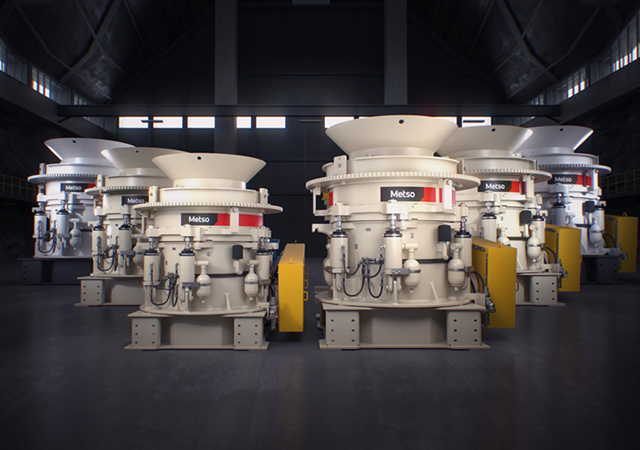
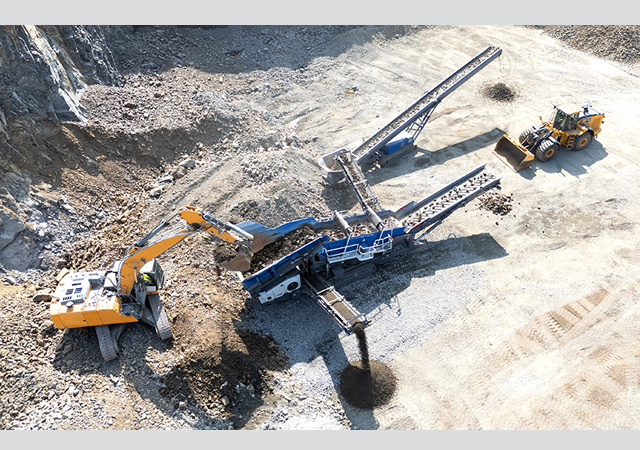
.jpg)
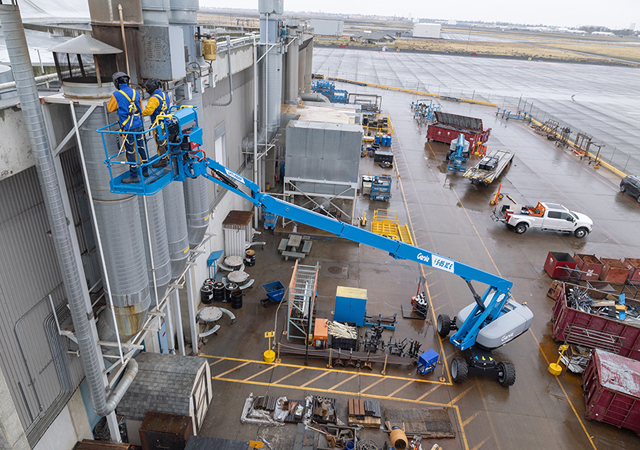

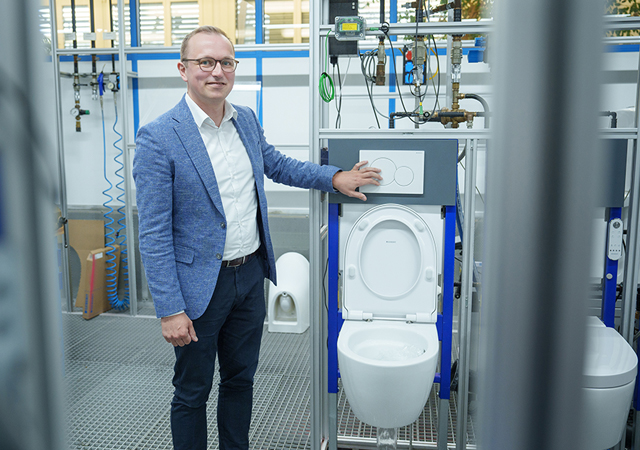

 Doka.jpg)
